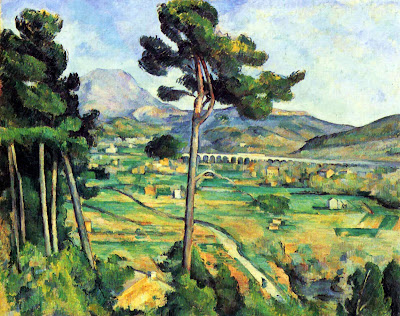Vasari on the role of Giotto in the Renaissance
Giotto di Bondone
about 1304-1306
Fresco, 200 x 185 cm
Padua, Cappella degli Scrovegni
image source: http://en.wikipedia.org/wiki/Image:Giotto%27_Flight_into_Egypt.jpg
about 1304-1306
Fresco, 200 x 185 cm
Padua, Cappella degli Scrovegni
image source: http://en.wikipedia.org/wiki/Image:Giotto%27_Flight_into_Egypt.jpg
Paolo Uccello (1397 ?–1475)
"THE gratitude which the masters in painting owe to Nature — who is ever the truest model of him who, possessing the power to select the brightest parts from her best and loveliest features, employs himself unweariedly in the reproduction of these beauties—this gratitude, I say, is due, in my judgment, to the Florentine painter, Giotto, seeing that he alone— although born amidst incapable artists, and at a time when all good methods in art had long been entombed beneath the ruins of war—yet, by the favour of Heaven, he, I say, alone succeeded in resuscitating art, and restoring her to a path that may be called the true one. And it was in truth a great marvel, that from so rude and inapt an age, Giotto should have had strength to elicit so much, that the art of design, of which the men of those days had little, if any, knowledge, was, by his means, effectually recalled into life"
LIVES OF THE MOST EMINENT PAINTERS, SCULPTORS, AND ARCHITECTS: TRANSLATED FROM THE ITALIAN OF GIORGIO VASARI by Jonathan Foster WITH NOTES AND ILLUSTRATIONS, CHIEFLY SELECTED FROM VARIOUS COMMENTATORS. VOL. I. LONDON: HENRY G. BOHN, YORK STREET, COVENT GARDEN. 1855.
free-access ebook available at: Google Books
LIVES OF THE MOST EMINENT PAINTERS, SCULPTORS, AND ARCHITECTS: TRANSLATED FROM THE ITALIAN OF GIORGIO VASARI by Jonathan Foster WITH NOTES AND ILLUSTRATIONS, CHIEFLY SELECTED FROM VARIOUS COMMENTATORS. VOL. I. LONDON: HENRY G. BOHN, YORK STREET, COVENT GARDEN. 1855.
free-access ebook available at: Google Books




Comments